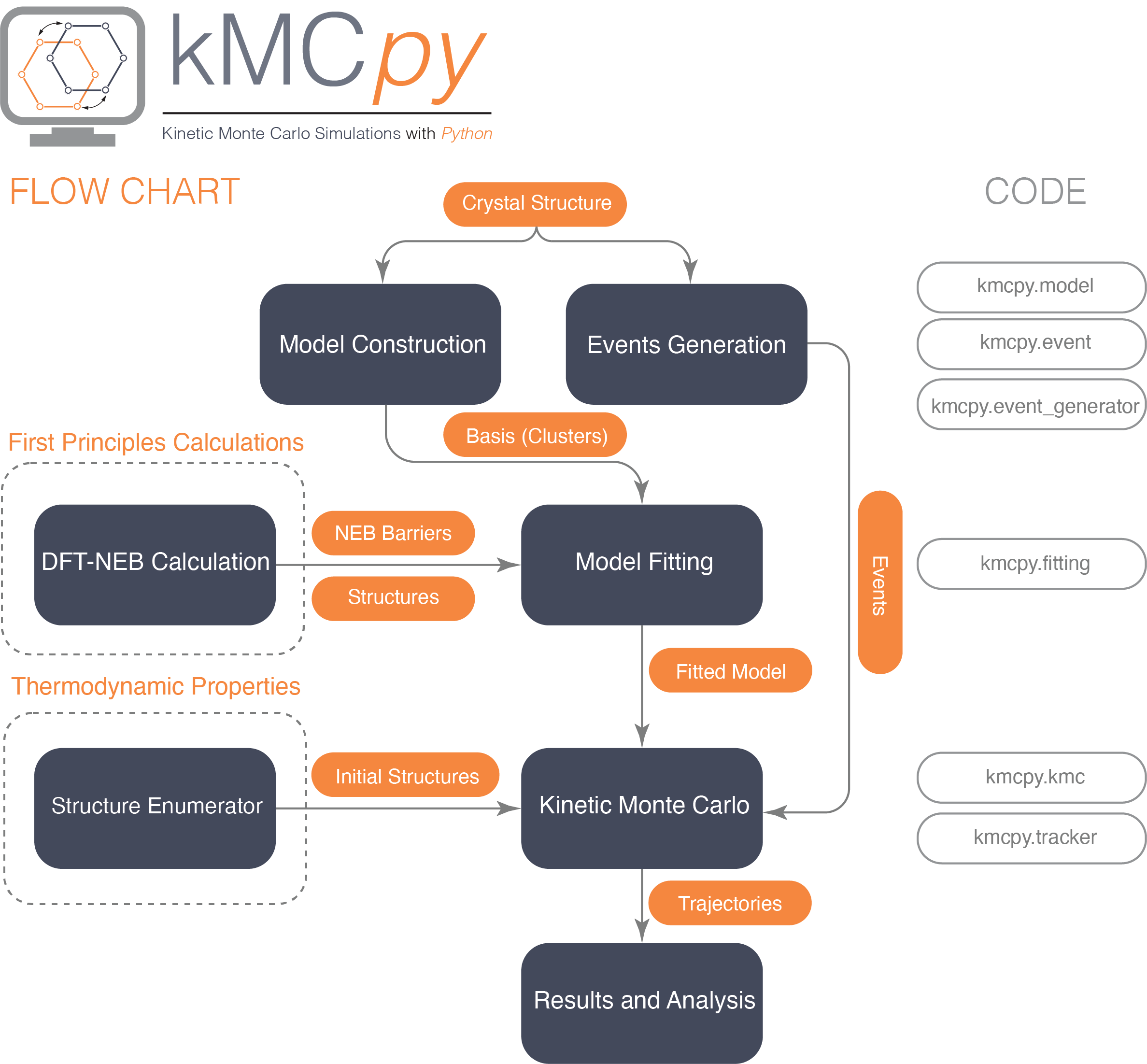research
Rechargeable battery

In the realm of rechargeable batteries, the significance of electrolyte safety and performance rivals that of other battery components like electrodes. Our research group is particularly drawn to all-solid-state batteries, where the conventional liquid electrolytes are substituted with solid fast-ion conductors. This transition presents a promising avenue for enhancing the safety and efficacy of commercial lithium- and sodium-based batteries. Numerous inorganic solid electrolytes, including those based on materials such as Na1+xZr2SixP3−xO12 (NaSiCON) and Na4P2S6 have undergone extensive investigation. For further insights, please refer to the relevant publications categorized under Batteries.
Halide Perovskites and ALF

The emergence of light-harvesting, semiconducting hybrid halide perovskites marks a significant advancement in photovoltaic materials, poised to lead the next generation of solar energy technology. Our previous research delves into the materials discovery of several lead-free hybrid perovskites, employing the innovative double perovskite approach. Notably, recent investigations have spotlighted perovskite-related compounds like aluminum formate (Al(HCOO)3, known as ALF) as promising materials for diverse applications, including carbon dioxide capture, as well as storage for oxygen and hydrogen gases. For further insights, please refer to relevant publications tagged under Perovskites and ALF.
Computational methods development

We are fervently committed to pushing the boundaries of computational methods and applying them to address forefront challenges in materials science. Among our notable contributions is kMCpy, a Python-based kinetic Monte Carlo simulation code. These developed codes, embodying our dedication, are accessible here.
Below are some codes that we developed. More details can be found on our group repository.
kMCpy

kMCpy is an open source python based package intended to study the migration of atoms using the kinetic Monte Carlo technique. kMCpy provides an all python, systematic way to compute kinetic properties, which can be readily used for investigation, development, and prediction of new functional materials.